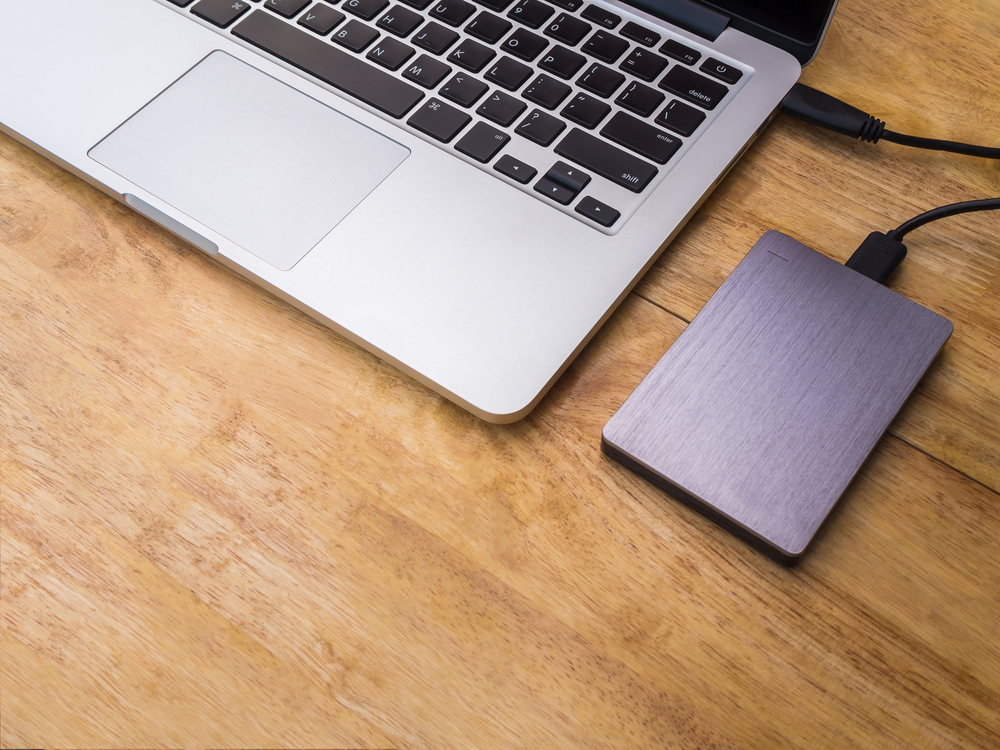How to Best Secure Your Digital Data

In the modern digital world, backing up your computer files is crucial to keeping them secure. It doesn’t matter if they’re photos, audio recordings, or documents, everyone should have a copy of important files. Backups save the day if your data gets stolen by cybercriminals. In addition, hard drives sometimes fail, and disasters like fire, flood, or robbery can also cause data loss. Check out the best methods on how to back up data.
How to back up data
External Drive
Using a USB stick or an external hard drive, data can be backed up using the computer’s integrated backup features (or other third-party programs). For macOS users, there’s Time Machine and for Windows 10 and 8 users, there’s File History.
These features can also help users back up data on an internal drive, but it’s safer to use an external one. Also, the external drive is connected all the time, these programs can automatically back up the data on it. Otherwise, the drive should be occasionally connected to manually perform backups when convenient.
While this method is fast and affordable, it’s not good if a house experiences a disaster like a fire or gets robbed.
CD, DVD or Blu-Ray Discs
Burning data on discs has been a great method to back up data. Those who have a few essential files to back up, discs are great as long as they are kept secure.
While they’re reliable in modern times, discs have limited storage space, making it time-consuming to manage large backups. Plus, many new laptop models no longer include DVD/Blu-Ray drives. They are being made obsolete by media streaming, Internet downloading, and cloud storage.
Cloud Storage
With the rise of Dropbox, Google Drive, iCloud, and OneDrive, cloud storage has become a staple in modern backup technology. This method doesn’t require buying external drives or other hardware. Digital files are uploaded in “the cloud”, which is a remote, big capacity storage device/server owned by a tech company. Make sure to choose a reputable cloud service, like the ones mentioned above.
Through an Internet connection, cloud storage makes it easy to copy files on a server from a provider. Cloud services are fast (depending on Internet speed), secure, and easily accessible from your phone or computer. Yet, you must pay money to get more storage space beyond the free 2-10 GB.
NAS Device
This is a more complex and expensive backup option because it involves creating your own local server. While you can have NAS devices at home, they are mostly preferred by companies that want control over their own data servers. NAS devices can hold large amounts of data and can be extended with extra hard drives.
Lastly, if you’re choosing one of the methods above on how to back up data, make sure to encrypt your backups with strong passwords, and keep those passwords safe. For safeguarding physical papers, check out tips to protect documents from disasters and how to save water-damaged documents.


